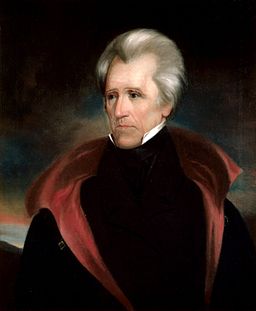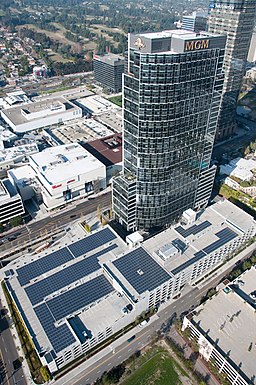Prick Up Your Ears

Charge of the Rough Riders at San Juan Hill, a painting by Frederic Remington (1861-1909).
― Izzy


Portrait of Andrew Jackson, the seventh president of the United States, painted by Ralph Eleasar Whiteside Earl (1785/88-1838).



Legg’d like a man! and his fins like arms! Warm, o’ my troth! I do now let loose my opinion, hold it no longer: this is no fish, but an islander, that hath lately suffered by a thunderbolt. [Thunder.] Alas, the storm is come again! My best way is to creep under his gaberdine; there is no other shelter hereabout. Misery acquaints a man with strange bedfellows. I will here shroud till the dregs of the storm be past.
― William Shakespeare, The Tempest (Act II, Scene ii).
After Hurricane Irma tore through Florida earlier this month, some stories surfaced about Florida homeowners with solar panels being unable to use their power in the power grid outages that followed. Like many stories, there was some truth to them, but not the entire truth. Due to intensive lobbying from utility companies, Florida has enacted more obstacles to solar energy than most states, despite the fact that its weather and latitude make it better suited than most to take advantage of solar power. Homeowners with grid-tied solar panel arrays without batteries or transfer switches were legally barred from using their solar power while the grid in their area was off line.

The invidious corruption of the Florida utility laws, pervaded as they are by money from the Koch Brothers and entrenched fossil fuel interests, has had the unusual effect of forging an unlikely coalition of Tea Party conservatives and environmentalists, known as the “Green Tea” movement. The Tea Partiers are motivated by their distaste for government telling them how they can power their own homes, and tilting the playing field against them should they decide to sell surplus power on the open market, all because of the undue influence of utilities on the government. Environmentalists decry the same government corruption, but see it as unfairly limiting options for homeowners to leave a greener footprint, besides getting in the way of individual exercise of freedom.
The 1962 film Lawrence of Arabia, directed by David Lean and edited by Anne V. Coates, had many great moments, and this match cut from flame to sun is one of the most renowned.
Florida is an excellent test case for how we will cope with a warming climate, much as some people don’t want to look at it that way. Florida is hot and humid. Before the invention and widespread use of air conditioning in the twentieth century, Florida was lightly settled precisely because of its challenging climate. Since the middle of the twentieth century, Florida’s population has boomed. Florida’s energy use is 40% higher than the national average, largely because of the extensive use of air conditioning. Look at Puerto Rico now in the aftermath of Hurricane Maria. That could be Florida in a worst case scenario, which the state dodged as Hurricane Irma played out, as opposed to how an earlier forecast showed it might work out. Considering all that, it seems making solar power easier for all homeowners to implement rather than more difficult is the sensible option, no matter the arrangement of strange bedfellows.
― Izzy 


If businesses paid their workers a living wage, fewer of those workers would need to rely on government assistance to make ends meet. If businesses that made money here and took advantage of the national infrastructure were required to have corporate offices here, and therefore required to pay their fair share of taxes to help support infrastructure improvements, then maybe the country wouldn’t be falling apart while a select few get obscenely rich at the expense of everyone else. If, in other words, we stopped allowing some businesses and their allies in government to slough off hidden expenses on society at large, we could make progress toward a less dangerous future. But it’s going to take a change of heart, of character, to turn this backwards system around and look at green development as the only sensible way forward for everyone, instead of being led by the nose by those whose view of development looks backwards and serves only themselves.
― Izzy 